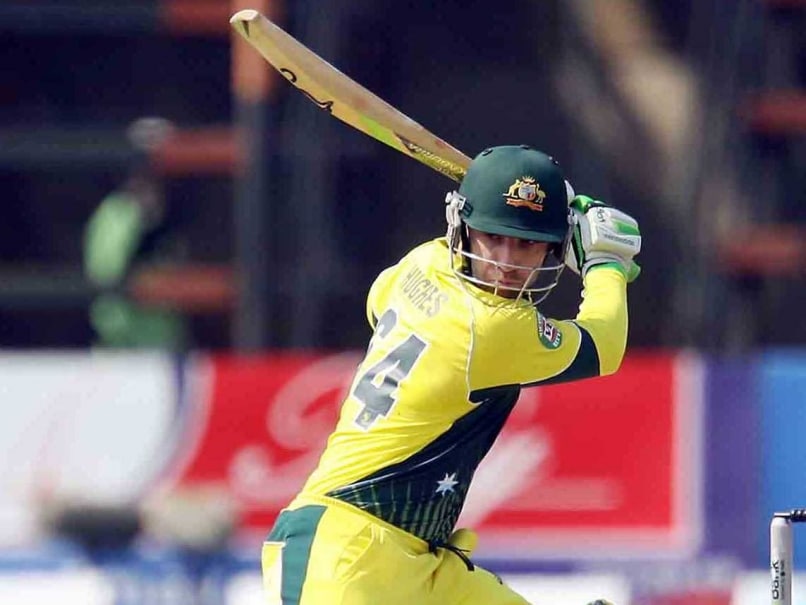Phillip Hughes Death a 'Freakish Accident', Says Doctor
Phillip Hughes lost his battle with life after being in coma for two days. Hughes had collapsed after being hit in the head by a bouncer in a Sheffield Shield match on Tuesday.
- Written by Agence-France Presse
- Updated: November 27, 2014 02:02 pm IST

Phillip Hughes died of an "incredibly rare" condition after he was hit in the neck by a cricket ball, causing bleeding into his brain, his Australian doctors said on Thursday. (Phil Hughes, of promises, potential and a sad ending)
Hughes was attempting a pull-shot to a short-pitched delivery, during a domestic match between New South Wales and South Australia on Tuesday, when the rising ball hit the left side of his neck. (Aus PM Abbott leads flood of tributes for Phil Hughes)
The 25-year-old South Australia player remained standing for a short time before collapsing to the ground. He never regained consciousness and died Thursday. (Phil Hughes' death a sad day for cricket: Tendulkar)
"This was a freakish accident because it was an injury to the neck that caused haemorrhage in the brain. The condition is incredibly rare," Australian team doctor Peter Brukner told reporters. (Hughes' death sends shock waves across cricket fraternity)
"Only 100 cases ever reported -- this is incredibly rare. Only one ever case reported as a result of a cricket ball."
Brukner said he expected manufacturers and medical experts would review the design of cricket helmets, but added: "It's important to realise, that, yes, we certainly need to review all our procedures and equipment, but this is an incredibly rare type of injury."
Tony Grabs, the head of trauma surgery at St Vincent's Hospital in Sydney where Hughes was taken, described the "catastrophic" injury as "very rare and very freakish".
Brukner said the blow to the left-hander's neck compressed his vertebral artery -- one of the main arteries that leads to the brain -- causing it to split and bleed into the brain.
While such an injury is "frequently fatal at the time," Brukner said Cricket NSW team doctor John Orchard, paramedics and an intensive care specialist in the crowd at the Sydney Cricket Ground were able to keep the batsman alive before he was taken to nearby St Vincent's in a "reasonable condition".
Grabs said doctors ordered a CAT scan soon after Hughes arrived and then took the decision to operate on the cricketer to reduce the pressure on his brain.
"He went to... theatre to remove some of the skull around his brain to help to allow the brain to expand so it wasn't compressed," Grabs said, adding that the surgery took about 80 minutes before Hughes was taken back to the intensive care unit.
"After this we need to induce a coma to rest the patient and rest the brain and look after all the other bodily functions for him.
"Over a period of the first 24 to 48 hours, as we know, he did not make very much improvement. And unfortunately as a consequence of the injury, he died."
